I have a use case here for delete. This is trying to demonstrate that a user can delete Users, Projects and Posts. If you want to do delete a User, you select "User" from the deletion menu, a user menu dialog box will pop up where you will type a name and press "Delete" to confirm deleting that user. For Projects, you select "Project" in the deletion menu and another menu pops up where you type the projects name and click "Delete" to delete the project. That is how I am looking to implement it in software. However displaying it in use case I am a little confused. Is this a good use of extension point use case to demonstrate that functionality or is a specialisation better to use in this scenario where the parent would be "Delete" with children named "Delete User", "Delete Project" etc...
Based on Writing Effective Use Cases by Alistair Cockburn
My personal tendency is to write "Manage X", to get the advantage of less clutter, unless it turns out not to work well for some reason, usually related to the complexity of the writing, and only then break it out into "Create X", "Update X", "Delete X"


